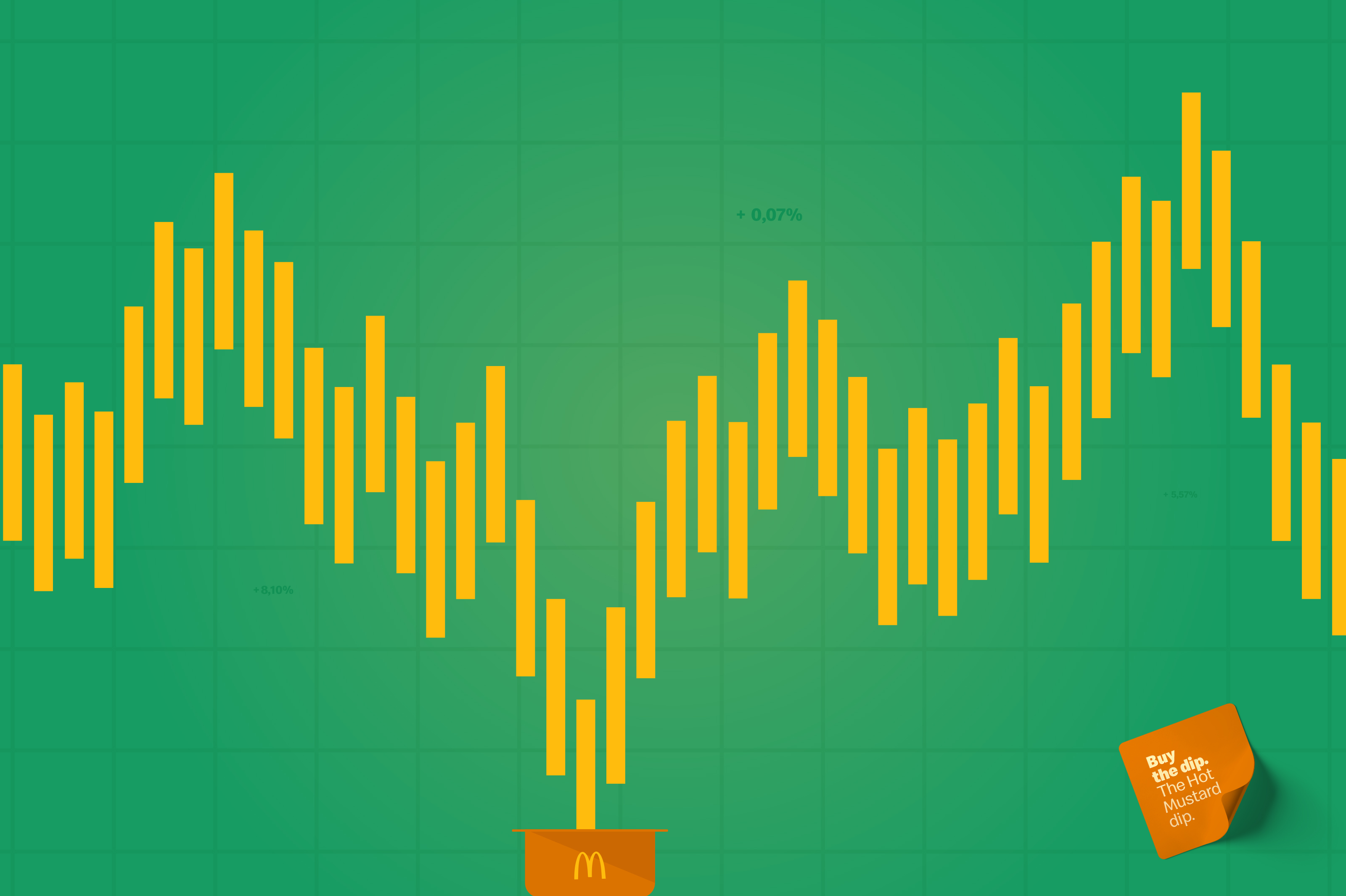News - Advertising
A Matter of Time
by Iain Akerman
September 24, 2018
.jpg) Advertisement
AdvertisementTime is a precious commodity. Unprecedented choice, combined with an always-on economy, have led marketers to believe that consumers are not only time poor, they are unable, or unwilling, to embrace longer form content.
The oft cited claim that the average consumer’s attention span has dropped to eight seconds – one second less than that of a goldfish – has been widely circulated, while Facebook users spend an average of only 1.7 seconds with any piece of mobile content on the platform, according to Facebook IQ, the social media giant’s own insights unit.
Whether you believe these findings to be relevant – or even true – the damage has been done. The fact is that many brands and their agencies have retreated from longer form content in the face of shrinking engagement. Five-second YouTube ads, 15-second Instagram videos, as well as endless industry talks pontificating the value of brevity and ‘snackable content’, have led marketers to believe that the shorter a piece of content the better.
And yet this arguably paints a one-sided, almost distorted view, of reality. Anybody who analyses their own media consumption will be able to tell you that the demand for longer, more entertaining, more engaging content is on the rise, countering the assertion that attention spans have diminished.

“Long-form content is actually making a massive resurgence… The truth is people have an infinite attention span as long as they’re entertained.”--Karim Yusuf, creative director at hug digital.
“Long-form content is actually making a massive resurgence,” says Karim Yusuf, creative director at hug digital. “Now there’s Instagram TV, Facebook Watch, and YouTube Premium, all fighting for a piece of long-form cake. The truth is people have an infinite attention span as long as they’re entertained. If they’re watching a bad ad, then yeah, better make it as short as possible. But if it’s awesome, the sky’s the time limit.”
The dominant industry thought is that consumers don’t have the time to consume a brand’s content. But the truth is that, in an era of unlimited choice, consumers have simply developed highly effective filters, cutting out rubbish and focussing only on content that grabs their attention and holds it.
How else to explain the disparity between alleged attention span deficits and the binge-watching of Netflix boxsets? Or the fact that the sale of physical books (especially in the UK) hit record levels in 2017? People are willing to spend time on content if it piques their interest, despite being time poor.
“If anything, we’re paying more attention than ever before,” wrote Publicis Media’s president of digital investment, Helen Lin, in Media Village. “What has changed, however, is our tolerance for time wasters.” What does this mean for advertisers, she asked. “It means attention is available, but the bar has been raised. If you really want someone’s attention, you have to earn it.”

“What marketers and agencies have failed in doing is providing the right sort of narrative to the right environment with the simple understanding that your audience is no longer sitting idly waiting to be entertained.” --Billy Baz, group account director at J. Walter Thompson Beirut.
“What marketers and agencies have failed in doing is providing the right sort of narrative to the right environment with the simple understanding that your audience is no longer sitting idly waiting to be entertained,” says Billy Baz, group account director at J. Walter Thompson Beirut. “They are active participants that want to get involved. The more entertaining and immersive the experience the better… (at the right time).”
So has the value of time been misjudged?
“In a word, yes,” says Baz. “It is rudimentarily simple. Time is relative to a proliferation of factors and we have to ensure that our narrative fits into participants’ behaviour. What do your participants want and when? We’re pretty certain that long-form content is consumed online. Look at Netflix. Its use of its participants’ data is exceptionally developed and, dare we say, mature. When marketers and agencies alike are developing their content strategy they have to incorporate the brand’s landscape as well as the consumer behaviour within it, and with this an understanding around a view to optimising content based on the data gathered. Marketers can then maintain brand relevancy and make informed decisions on format.”
Short-form content is not going anywhere soon, such is its versatility, but its use should not preclude longer work.
“You can tell a story in a few seconds or in a few hours,” says Yusuf. “Both have uses depending on what state the consumer is in. When they’re on-the-go, they’re in scroll-mode and don’t have time for you, hence make your content short. But if they’re sitting on the couch, then make it entertaining and as long as you like.
“I truly believe the longer a person stays entertained by your brand, the more likely they are to remember and recommend you. That recommendation from a friend or family member is far more powerful than any paid ad.”




.jpg)





.jpg)




